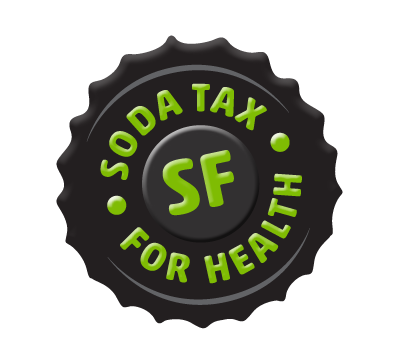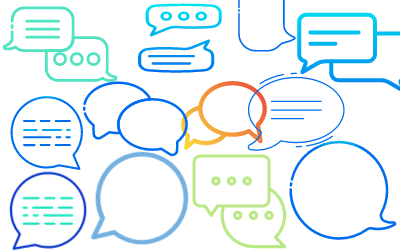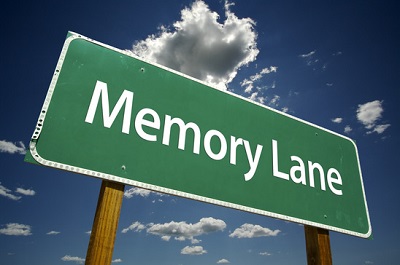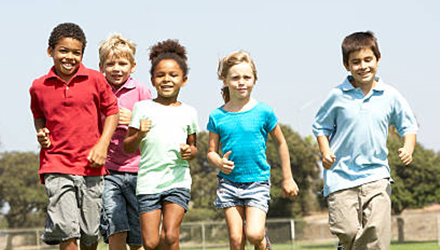Kids are back in school and the long summer nights are dwindling down, which also means that San Francisco’s new fiscal year has begun as of July 1st. The Mayor and Board of Supervisors have finalized the City budget and now communities are determining if their recommendations were heard and can be put into action. The City budget can be confusing, to say the least, and in our case it’s the Sugary Drinks Distributor Tax (SDDT) budget. Let’s dissect how the SDDT budget process works and more specifically – how the communities most impacted by the soda industry’s targeting and marketing tactics can provide input on where they’d like the money to go. We will also refer to it as the soda tax for shorthand, even though it’s not just sodas subject to the tax.
Before we dive in, let’s get on the same page about how the soda tax works. The Sugary Drinks Distributor Tax levies one penny ($0.01) per ounce on distributors of bottled sugar sweetened beverages, syrup or powder in San Francisco. This also includes “self-distributors”, merchants who bring drinks into the City for retail sale. Therefore, distributors are responsible for paying the tax. Merchants may choose to pass the cost of the tax along to consumers who purchase sugar-sweetened beverages – and it appears to be the case that most store owners pass the tax along to their customers. The sugary drinks distributor tax is a general excise tax, which means that the money from the tax goes into the city’s general fund.
So, what does that mean? Well, any money collected from the SDDT will go to the city’s general pot of funds and can be used for anything the City’s elected officials want to use it for. When the tax was approved by voters, the intent of the tax revenue was to invest the funds to support low income and people of color who are most targeted by the beverage industry’s advertising. Annually about $15Mil is collected from the Sugary Drinks Distributor Tax. About 22% of that is taken off immediately and set aside for specific, previously voter-approved projects. The remaining revenue is then available for other projects, and that’s where the Sugary Drinks Distributor Tax Advisory Committee comes in.
When voters passed the tax, they also approved the creation of a Sugary Drinks Distributor Tax Advisory Committee (SDDTAC). The intent of the committee is to make recommendations to the Mayor and Board of Supervisors on the effectiveness of the tax. Annually, the advisory committee has two tasks:
- Submit a report that evaluates the impact of the tax on beverage prices, consumer purchasing and behavior, and public health, and
- Make budget recommendations on the funding of community programs that reduce the consumption of sugar sweetened beverages in San Francisco.
The voluntary advisory committee spends about 5 hours monthly to do this work. During budget season, when the committee is developing recommendations for the Mayor, committee members spend, on average, up to 10 hours per month to ensure that they are hearing and proposing accurate needs of the community as it relates to addressing health disparities and breaking down structural inequities.
How you can participate
Prior to the COVID 19 pandemic, the SDDTAC meetings were in person meetings where the public was welcomed to participate and voice their opinions/recommendations as it related to the tax. People participated in this process, but sometimes, it could be a logistical challenge. The meetings are in the evenings, parking in the city can always be a nightmare, kids are home from school – in general, life can get in the way. However, during the pandemic, the SDDTAC meetings went virtual (and still are!) and community members continued to provide feedback and input at the monthly meetings. The committee works tirelessly to capture what they have heard from community members’ experiences and challenges and that the collected revenue is being reinvested back into the community where community members can benefit from the tax. Although there is not an expected date of return to in person committee meetings, the SDDTAC is experimenting with a special hybrid meeting (in person and virtual) on September 7, 2022. The hope is that future SDDTAC meetings can be hybrid to provide convenient options for community members to continue to participate.
So, what happens after the recommendations from the Advisory Committee are submitted? The Advisory Committee submits its recommendations report (budget recommendations and evaluation) to the Mayor’s Office and Board of Supervisors in early March. By April or May, the Mayor submits her proposed city budget (which includes the sugary drinks distributor tax funding recommendations) to the Board of Supervisors. At any point during this process, community members are welcome to voice their opinions to city leadership (the Mayor and Board of Supervisors) with their preferences for where the funds should be directed. When constituents from their districts share their concerns, policy makers listen. In June or July, the Board of Supervisors votes on the City budget and the Mayor signs it, which is finalized for the current fiscal year. SDDT funds are then transferred to city departments who either implement the programs/services directly or issue grants to community-based organizations to carry out their important work related to chronic disease prevention, decreased consumption of sugary sweetened beverages and community building.
The budget process can be daunting and lengthy but the SDDT advisory committee budget discussions and negotiations are truly working towards an effort to impact our most vulnerable communities. This year, the Mayor funded 80% of the SDDTAC recommendations. With continued partnership and increased input and participation from our community throughout this process, perhaps we can get even more alignment with the Mayor’s budget. Standing tall, speaking out and fighting the good fight for a healthier San Francisco is worth it!




